Facial trauma is a common occurrence, with more than 3 million people in the U.S. being treated for facial injuries each year. Common causes for facial trauma include falls, motor vehicle accidents, and contact sports. It is important to seek the proper care and treatment for facial trauma, and untreated it can cause long-term injury or disfigurement.

What is Facial Trauma?
Facial trauma refers to injury on the face or upper jaw bone. This could include injuries to the skin, skeleton, nose, sinuses, neck, eye sockets, teeth, or mouth.
Common signs of facial trauma include:
- Swellings
- Lacerations on the skin
- Broken bones
- Abnormal sensations in the face
- Bleeding from the nose, mouth, or ear
If facial trauma is present, it must be carefully examined and often requires a CT scan to diagnose any fractured bones.
How is Facial Trauma Surgery Done?
The form of facial surgery done will, of, course, depend on the type of injury. However, the ultimate goal is to repair any facial injuries with excellent cosmetic results. Common injuries of the face and surgeries include:
Nose
A broken nose is one of the most common facial injuries and is usually caused by blunt trauma to the nose. A fractured nose is usually repaired by relocating it into a normal position without an incision, also known as a closed reduction. However, in some cases, surgery may be required.
Ear
In some situations, the eardrum can tear or be cut due to sports or the insertion of an object in the ear. While holes in the ear often heal without surgery, sometimes, a tympanoplasty may be required. A tympanoplasty can be done to reconstruct or repair the eardrum.
Mouth
If traumatic injuries of the mouth, like soft palate lacerations or cuts in the tongue, blood vessel injuries may occur. Because of this, these wounds must be carefully evaluated. If wounds cannot heal on their own, surgery may be required.
Neck
Trauma to the neck can be serious, and therefore, any patient with neck trauma should be evaluated as soon as possible. The doctor will evaluate the many neck zones to determine if any vital structures may have been damaged. If required, surgery may be performed.
Facial Trauma Surgery Recovery
Because facial trauma surgery will differ depending on the individual wound, recovery time will also differ from patient to patient. However, patients will typically experience swelling and bruising, which may take up to two weeks to completely fade. If stitches are placed, they may be removed after one week. Also, depending on the complexity of the surgery, you may be able to resume daily activities in one to two weeks.
Schedule an Appointment
If you or a loved one has experienced facial trauma in the Denver area, contact AOO | ENT Specialists of the Rockies or an emergency medical contact as soon as possible. We will work with you to treat your wounds as well as create an aesthetically pleasing outcome.








